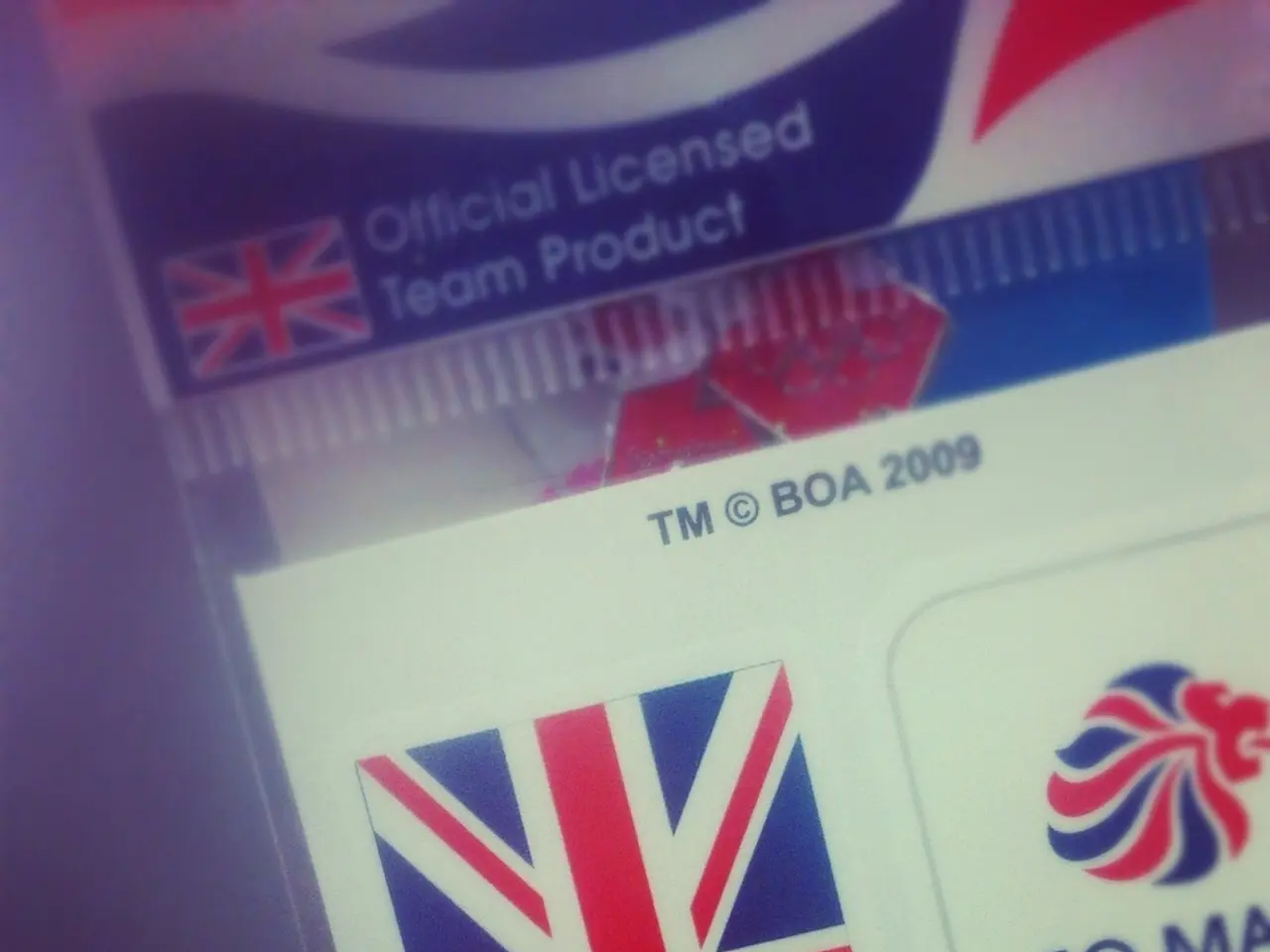Implications of DJI Restriction for Drone Operators in the United States
In the ever-evolving landscape of drone technology, a potential federal ban on DJI drones in the United States could reshape the industry. This news article aims to provide a comprehensive guide for American users seeking alternatives to DJI drones.
DJI, the world's leading drone manufacturer, is facing scrutiny and potential bans due to national security and data privacy concerns. While the ban does not currently prohibit personal or commercial use of already-owned DJI drones, long-term access to firmware updates, cloud services, and repairs may diminish significantly.
If the ban is enacted, federal agencies may be restricted from acquiring DJI drones, and component sales and firmware updates in the U.S. could halt. Consumers may still use their existing DJI drones, but new sales and support could cease shortly afterward. It is, therefore, recommended to begin testing non-DJI alternatives in workflow while DJI support is still available.
For American users looking for alternatives, several viable options exist, both consumer and professional-grade drones.
Skydio, a leading U.S.-based brand, is notable for its advanced autonomous flight and strong security credentials, with NDAA and Blue UAS approvals, making it suitable for government, defense, and enterprise uses. The Skydio X10, in particular, is a popular choice.
Autel Robotics offers consumer-friendly drones like the Autel Evo Lite+, a solid photography drone alternative, although it is important to note that Autel is also a Chinese company and could face future restrictions.
ZeroZero HoverAir X1 Pro is another consumer drone option recommended for its selfie capabilities and competitive features.
Potensic Atom and Holystone 4k drones are notable consumer-level options offering good all-around performance.
U.S.-based and NDAA-compliant drones, such as those from Anzu Robotics and BRINC, are developing but may not yet match DJI's full range of capabilities.
Parrot ANAFI USA, Freefly Astro, Trace Nano, and Easy Aerial SAMS-T are also recognized American or Western-made drones with various specialized features including thermal imaging, ruggedness, and tethered flight solutions.
The U.S. government programs classify drones under Blue UAS (rigorous security testing mainly for defense use) and Green UAS (NDAA-compliant drones for commercial operators), guiding drone users toward compliant models.
In summary, American users can consider Skydio and Autel for high-end consumer drones, ZeroZero HoverAir and Potensic for mid-range, and U.S.-made models like Parrot ANAFI USA and Freefly Astro for enterprise or government-level needs. The landscape is evolving with a focus on NDAA and Blue UAS compliance to meet U.S. security standards.
Users are advised to assess their inventory of DJI gear and plan for a 1-2 year phase-out. Subscribing to FlyEye's updates can help users stay ahead of legislation, product changes, and drone software alternatives.
Stay informed and prepared as the drone landscape continues to evolve. FlyEye will continue to monitor this issue and provide actionable insights for drone pilots across the country.
- The ban on DJI drones in the United States could lead to shifts in the drone industry, with technology advancements and changes in lifestyle, especially in education-and-self-development and general-news sectors, as users may need to consider new drone options for their workflow.
- As more drone manufacturers focus on meeting U.S. security standards and NDAA compliance, sports enthusiasts might also find new opportunities in adopting technology from American or Western-made drones like Skydio, Parrot ANAFI USA, or Freefly Astro, enhancing their competitive edge while maintaining data privacy and security concerns.




